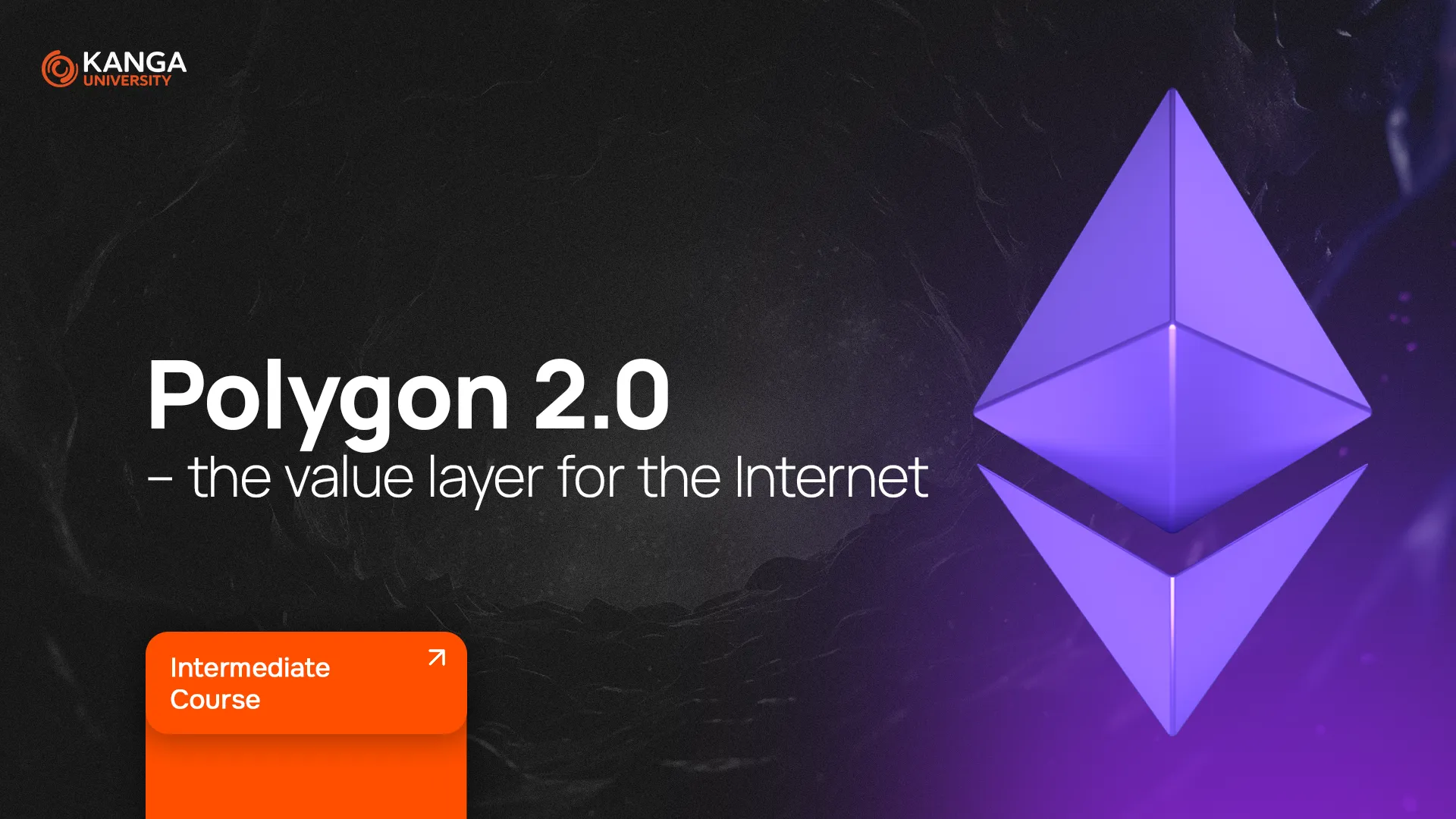
Polygon, one of the most well-known Layer 2 (L2) scaling solutions for Ethereum, has undergone a significant transformation with the introduction of Polygon 2.0. This upgrade, launched by Polygon Labs, has revolutionized the network’s architecture by integrating zero-knowledge (ZK) technology, enhancing scalability, reducing transaction fees, and improving resource management.
Polygon 2.0 has become a key component of the Ethereum ecosystem, optimizing network performance and enabling seamless interactions between different blockchain networks.
What Is Polygon 2.0?
On June 12, 2023, Polygon Labs announced Polygon 2.0, which has since been fully implemented. Its primary goal was to scale Ethereum while introducing a new “value layer” for the internet. This upgrade has given users greater control over digital assets, improved accessibility to Web3 applications, and a more transparent governance system.
Polygon 2.0 has redefined the entire Polygon network, modifying its architecture, tokenomics, and governance model.
Key Changes Introduced by Polygon 2.0
- Integrated multiple chains into the ecosystem without fragmenting liquidity or security, effectively resolving Ethereum’s scalability challenges.
- Allowed Polygon’s main network to leverage Layer 2 ZK-based chains, improving transaction efficiency and reducing costs.
- Enabled frictionless interactions between different chains, allowing users to navigate across them as seamlessly as browsing the internet.
- Addressed the blockchain trilemma, achieving scalability, liquidity, and security simultaneously.
Polygon 2.0 has modernized the Ethereum ecosystem, making it more efficient and better integrated with Web3 technologies.
How Does Polygon 2.0 Work?
The upgrade has introduced a four-layer architecture, designed to enhance security, scalability, and transaction speed. Each layer serves a specific function:
1. Staking Layer
- Manages validators on Ethereum and within the Polygon network.
- Maintains the validator registry and processes their requests.
2. Interoperability Layer
- Connects all Polygon chains through bridges.
- Features an aggregator that compiles ZK proofs into a single proof, which is then sent to Ethereum.
3. Execution Layer
- Allows Polygon chains to process blocks in sync with Ethereum.
- Includes consensus mechanisms, peer-to-peer (P2P) networking, mempool, and proof generators.
4. Proving Layer
- Generates proofs for all transactions, both internal and cross-chain.
- Comprises a verifier, state machine, and proof constructor.
Polygon Labs has successfully implemented this model, achieving greater liquidity and near-limitless scalability. As a result, users now experience a significantly improved ecosystem with more intuitive tools for managing digital assets.
How Has Polygon 2.0 Impacted the Crypto Market?
Since the launch of Polygon 2.0, the blockchain landscape has experienced notable changes. This upgrade has introduced two critical improvements:
-
ZK-Proofs for transaction validation
- Stores verified transactions from Layer 1 and actual transaction data from Layer 2.
- Lowered transaction costs while enhancing user privacy.
-
A blockchain structure inspired by the traditional internet
- Supports an unlimited number of chains that seamlessly interact with each other.
- Maintains high security and scalability, removing previous technological limitations.
With these advancements, Polygon 2.0 has become a fundamental scaling solution for Ethereum, setting a new industry standard.
Why Is Polygon 2.0 Revolutionary?
Polygon 2.0 transformed how Ethereum scales its network, providing faster, cheaper transactions and better cross-chain interoperability.
Major Achievements of Polygon 2.0
–Reduced transaction fees through ZK-Proofs
–Maintained high network security while achieving maximum scalability
–Enabled seamless cross-chain interactions
–Introduced a blockchain structure inspired by the traditional internet
–Strengthened Ethereum’s integration with the Web3 ecosystem
Polygon Labs has successfully implemented these innovations, creating a more dynamic and functional ecosystem that meets the needs of crypto users.
Interesting Facts
- Polygon zkEVM, zkSync Era, and StarkNet saw significant TVL growth in 2023.
- MATIC was one of the best-performing digital assets in 2022.
Summary
Polygon 2.0 has radically changed the blockchain ecosystem, making it more flexible, scalable, and better integrated with Ethereum.
By implementing a new architecture, Polygon 2.0 has enabled limitless interactions between blockchain networks, improving both efficiency and user experience.
The Result?
Polygon 2.0 has reshaped Web3, allowing for secure and seamless management of digital assets across multiple chains.
This is not just an update—it is a breakthrough in Ethereum’s evolution and blockchain technology.
